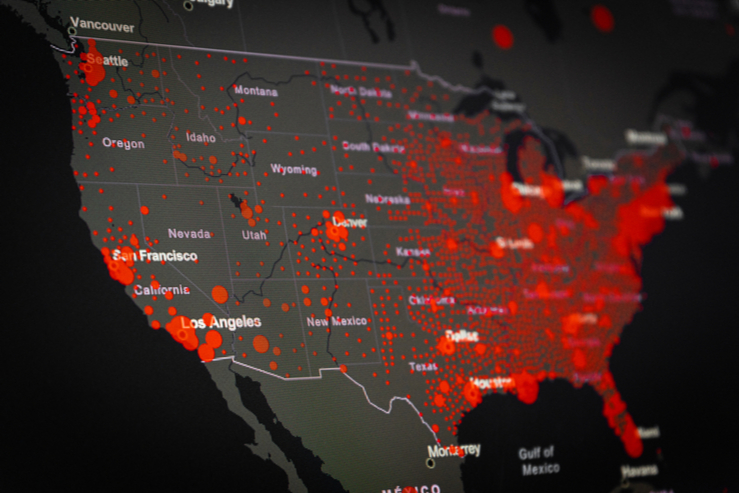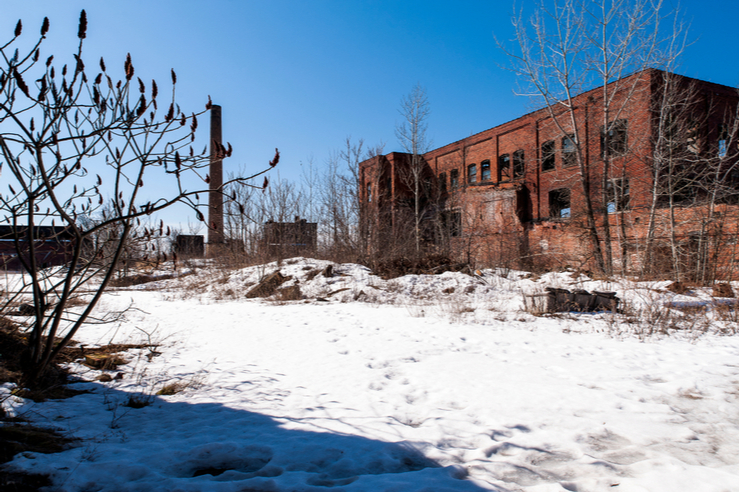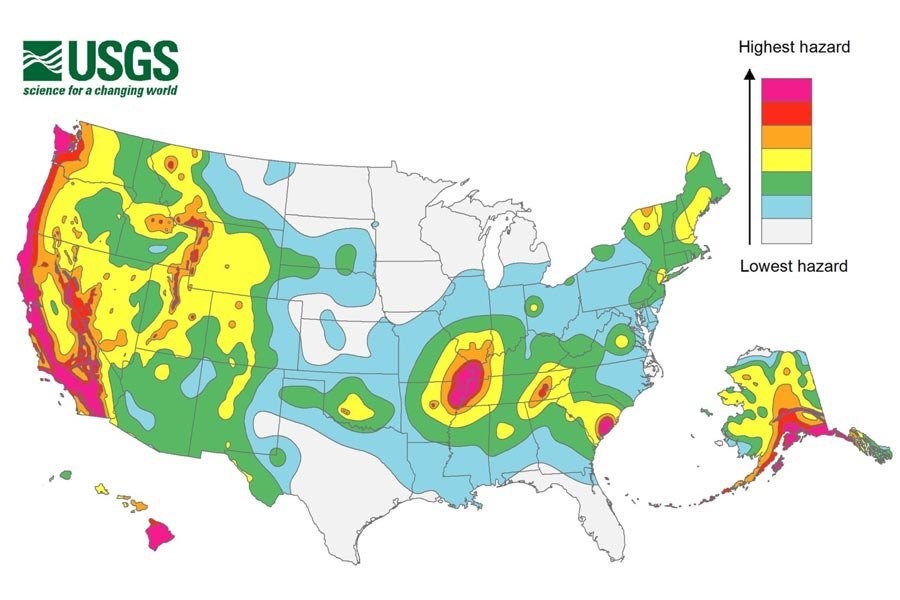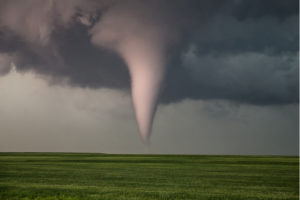
Safe Places Report No. 8:
This is your second report on natural threats to your safety. In my Safe Places Report No. 7, we considered ways to minimize the risk of earthquakes in your new Safe Place.
A tornado can be the most violent storm on Earth, and like earthquakes, one can strike with little or no warning and cause total damage. Unfortunately, it is harder to find a tornado-free geographical area than it is to find an area that is earthquake-free.
Some parts of the country are more at risk than others, of course, and the maps below give you a general picture of risk. But you’ll note that both maps are approximations, and they show considerable differences.
Some of the problem comes from the fact that tornadoes often piggy-back on other natural threats—so they can occur anywhere. Just recently, for example, Hurricane Isaias spawned powerful tornadoes all along its path up the Eastern Seaboard of the U.S. And California is now witnessing rare fire tornadoes—genuine twisters made of smoke and flame—which make the state’s wildfire threat even more terrifying.
But tornadoes can also accompany more “normal” stormy weather. I have experienced two such close encounters—one outside Indianapolis, Indiana, and the other near Winchester, Virginia—and I don’t care to have another. Since tornadoes can occur almost anywhere, your best preventative measure can be to make certain your dwelling is of sturdy construction that makes it storm-resistant.
As the CDC puts it: “Although the most violent tornadoes can level and blow away almost any house and those within it, extremely violent EF5 tornadoes are rare. Most tornadoes are much weaker. You can survive a tornado if you follow safety precautions.”
“Tornado Alley”
You have probably heard the term “tornado alley” if you watch weather reports. This refers to the central part of the United States that has the highest concentration of tornadoes. If you are particularly tornado-phobic, you would do well to avoid settling in this part of the country when choosing your Safe Place.

Because this map is a rough approximation, however, you will want to check your specific location’s tornado risk before making a move. In South Dakota, for example, tornado risk is generally quite low in the popular Black Hills area—though they do exist there. And in sprawling Texas, of the state’s four biggest cities, the Dallas-Fort Worth area is at highest risk, Houston has had an increase in tornado activity (it’s in the “Dixie Alley” of high tornado risk), Austin is at the southern edge of Tornado Alley, and San Antonio has the least tornado risk. Location, location, location—check out yours.
This next map shows more risk gradations, based on wind zones, and may be more useful:
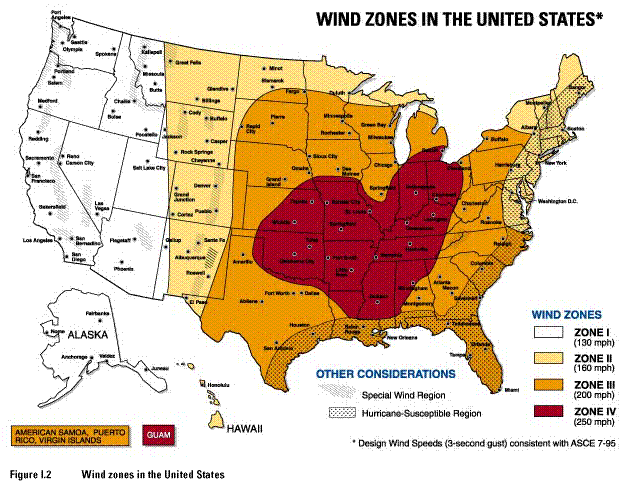
While this map may be a more helpful and accurate guide, note that California is in the lowest tornado-risk category but now has to contend with fire tornadoes, and that the relatively safe Eastern Seaboard had to contend with Hurricane Isaias’s tornadoes.
A useful site is www.ustornadoes.com, which provides a series of maps showing the locations of tornadoes by their severity ratings, from EF0 (the weakest) to EF5 (the most severe).
Since you can run but you can’t hide when it comes to tornadoes, let’s consider some sites that can help you get prepared wherever you are.
Useful Sites for Minimizing Tornado Risk
- FEMA’s “Be Prepared for a Tornado” – General advice on how to “prepare now,” “survive during,” and “be safe after.” Also, on Safe Rooms
- American Red Cross “Tornado Safety” – Protecting your family, your pets and animals, and your home.
- Centers for Disease Control and Prevention (CDC) “Staying Safe in a Tornado” – “Be prepared,” “stay aware of weather conditions,” “know where to shelter.” Also: Natural Disasters and Severe Weather: Tornadoes
- Tornado Project Online – Lots of lore for the tornado-phile (someone fascinated by tornadoes) but also loads of useful information on tornado safety.
Geographic-specific sites, but with useful general information:
- Tripsavvy: “How to Prepare for Tornado Season in Oklahoma” – Includes “know the dangers of mobile homes” (you’re actually safer outside in the lowest area) and “prepare your tornado kit.”
- Oklahoma Department of Emergency Management: “Tornadoes”
- Kansas Geological Survey: “Climate and Weather Atlas of Kansas: An Introduction”
Bottom Line
Since you can run but can’t hide from tornadoes (and they can actually outrun you), follow the Boy Scout motto: “Be prepared.”
See here for my previous Safe Places Reports.

